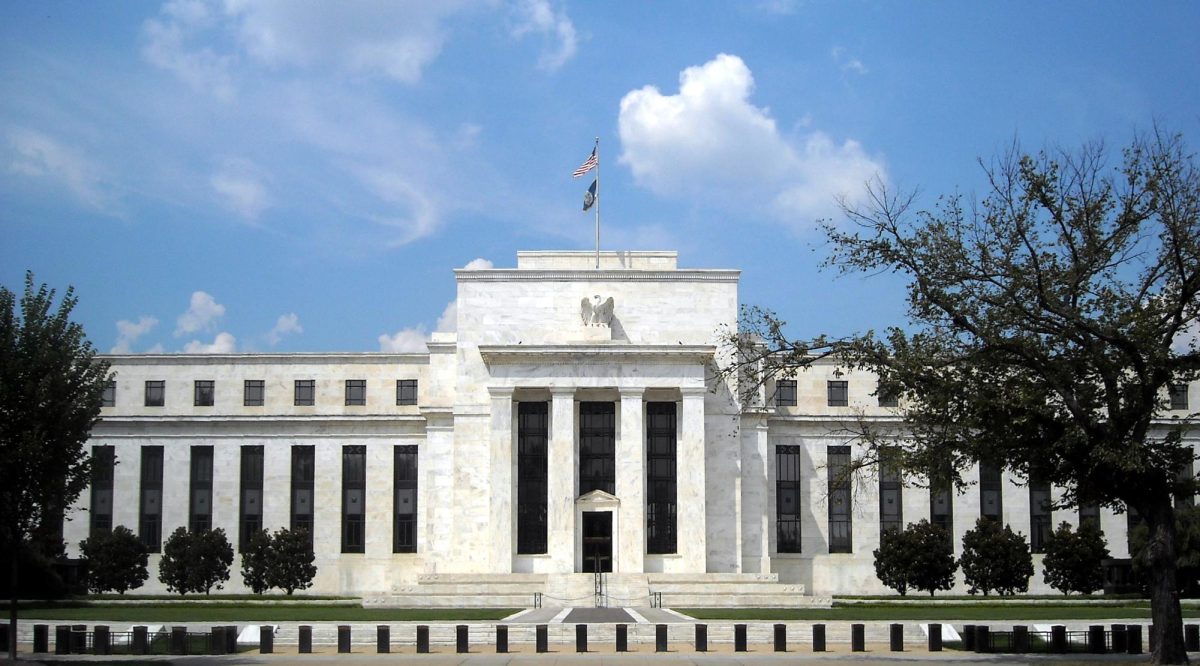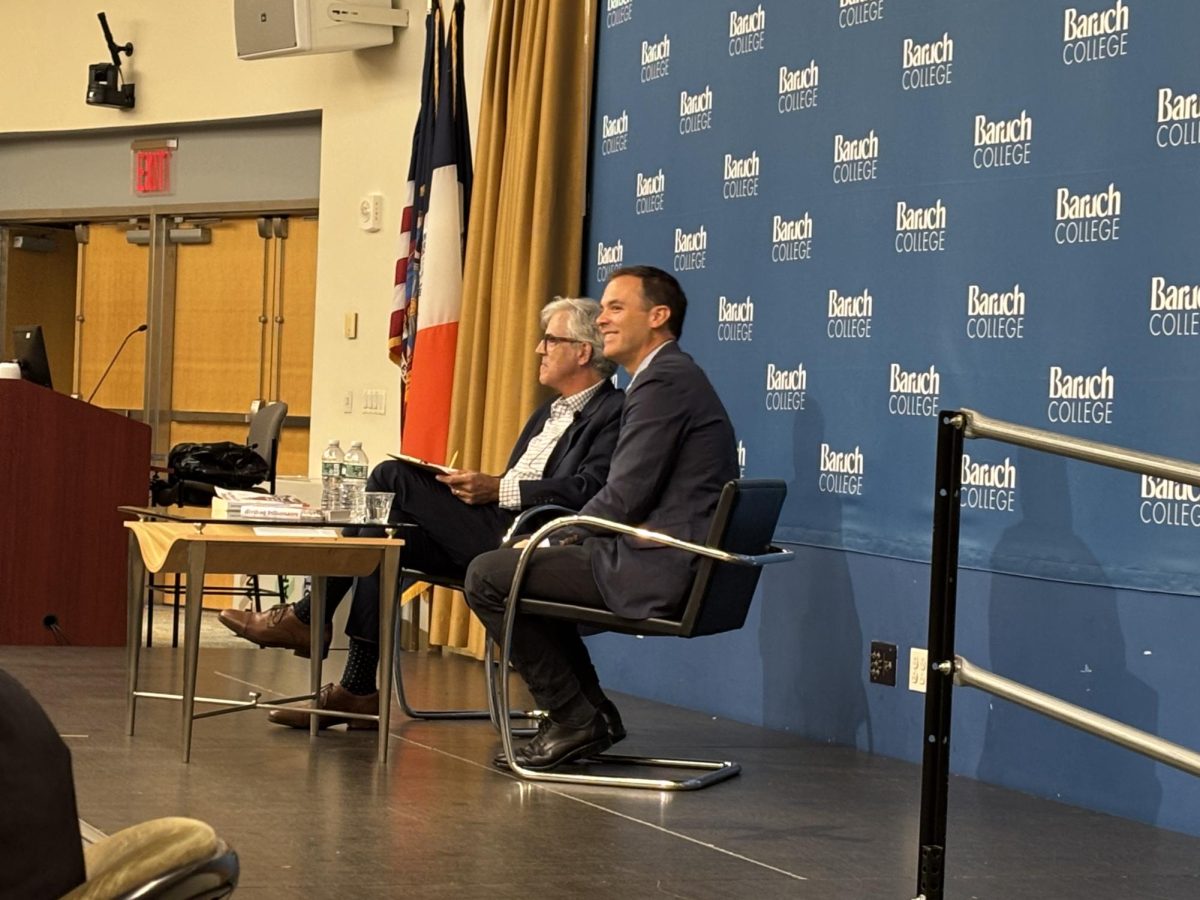The economy emerged as a primary concern for many voters during the 2024 election, with growing sentiment that former President Joe Biden mismanaged the country’s finances. However, on Jan. 30, the Commerce Department reported that the U.S. gross domestic product exceeded forecasters’ expectations for 2023.
The economy grew at an annual rate of 2.3% in the fourth quarter and posted an overall 2.5% growth rate from the end of 2023 to the end of 2024, marking a strong finish to the year. Despite persistent concerns about high interest rates, inflation, and political uncertainty, the economy remained resilient due to strong consumer spending, low unemployment, and steady wage growth. Consumer spending increased by 4.2% and after-tax income grew by 2.8%.
The housing market showed signs of recovery, as mortgage rates declined and residential investment rebounded after two consecutive quarters of decline. The increase indicated a rise in home construction and renovations, providing a boost to local economies.
Though more data will become available, economists are already looking — and bracing — for what 2025 holds. President Donald Trump’s tariffs are one matter of concern. The looming tariffs on Mexico, Canada, and China are expected to raise costs for a wide range of goods, including fresh produce, meat, oil, steel, and household essentials. Trump’s immigration policy could also significantly impact the U.S. workforce, particularly in the agricultural and service industries, which rely on immigrant labor.
Economists caution that these policies could lead to both higher inflation and slower economic growth. If concerns materialize, they could exacerbate existing weaknesses in the economy, such as declining exports and rising inflation.
Policymakers had previously anticipated cutting interest rates in 2024 to stimulate growth, but on Jan. 29, the Fed announced that it would keep rates unchanged. This signals that future rate reductions are unlikely unless significant changes in economic conditions occur.
Financial strain is becoming evident for many Americans. In January 2024, a growing number of people missed loan and credit card payments, and consumer confidence in the economy declined. High interest rates have particularly burdened lower and middle-class families who rely on credit to cover everyday expenses, while wealthier households benefit from a strong stock market and high interest rates on savings accounts.
Although it is unpredictable what financial challenges may emerge in 2025, 2024 demonstrated that the new year will be cushioned by fourth-quarter gains.








